How to Fix a Kitchen Sink That Won't Drain
If you're experiencing the frustration of a kitchen sink that won't drain, you're not alone. It's a common problem that can be caused by a variety of factors. But fear not, with a few simple steps, you can get your sink draining like new again.
Fix a kitchen sink that won't drain by first checking the garbage disposal. If it's clogged, you'll need to clear it out before moving on to the drain.
Next, try using a plunger to clear any blockages in the drain. If that doesn't work, you may need to use a drain snake to remove any stubborn clogs.
Once you've cleared the clog, run hot water down the drain to help break up any remaining debris. Your sink should now be draining properly.
How to Unclog a Kitchen Sink
A clogged kitchen sink can be a major hassle, but it's a problem that can usually be fixed without calling a plumber. Start by using a plunger to try and dislodge the clog. If that doesn't work, you can try using a mixture of baking soda and vinegar to break up the blockage.
Unclog a kitchen sink by pouring half a cup of baking soda down the drain, followed by half a cup of vinegar. Let it sit for about 15 minutes, then flush with hot water. This method can be effective for minor clogs.
If the clog is more stubborn, you may need to use a drain snake to remove it. Remember to always use caution when using a drain snake and follow the instructions carefully.
Common Causes of a Clogged Kitchen Sink
Understanding the causes of a clogged kitchen sink can help you prevent future problems. Some common culprits include food scraps, grease, and soap residue. Be sure to use a drain strainer to catch food particles and avoid pouring grease down the drain.
If you have a garbage disposal, be sure to run plenty of water while using it to help prevent clogs. Also, avoid putting fibrous or starchy foods down the disposal, as they can easily get stuck and cause a blockage.
How to Clean a Kitchen Sink Drain
A clean kitchen sink drain can help prevent clogs and keep your sink smelling fresh. To clean a kitchen sink drain, start by pouring half a cup of baking soda down the drain, followed by half a cup of vinegar. Let it sit for about 15 minutes, then flush with hot water.
You can also use a mixture of equal parts water and bleach to disinfect the drain. Pour the solution down the drain and let it sit for a few minutes before flushing with hot water.
Regularly cleaning your kitchen sink drain can help keep it free of buildup and prevent unpleasant odors.
How to Install a Kitchen Sink
If you're looking to install a kitchen sink yourself, it's important to have the right tools and follow the proper steps. Start by turning off the water supply and disconnecting the old sink.
Next, measure the opening for the new sink and make any necessary adjustments to the countertop. Once the sink is in place, attach the mounting clips and secure the sink with silicone caulk.
Finally, connect the plumbing and turn the water supply back on. Be sure to carefully follow all instructions and seek the help of a professional if needed.
How to Replace a Kitchen Sink
If your kitchen sink is old, damaged, or simply in need of an upgrade, you may need to replace your kitchen sink. Start by disconnecting the plumbing and removing the old sink and any adhesive or caulk.
Next, install the new sink according to the manufacturer's instructions, making sure it is level and securely attached. Connect the plumbing and turn the water supply back on.
Replacing a kitchen sink can be a bit more involved than installing one, so if you're unsure, it's best to seek the help of a professional.
How to Fix a Leaky Kitchen Sink
A leaky kitchen sink can not only be annoying, but it can also cause water damage and increase your water bill. To fix a leaky kitchen sink, start by identifying the source of the leak. It could be a loose connection or a worn out gasket.
Once you've identified the problem, you can replace any damaged parts or tighten any loose connections. If the problem persists, it's best to call a professional plumber to address the issue.
How to Remove Hard Water Stains from a Kitchen Sink
Hard water can leave unsightly stains on your kitchen sink over time. To remove hard water stains from a kitchen sink, start by mixing equal parts water and white vinegar in a spray bottle. Spray the solution onto the stained areas and let it sit for a few minutes.
Using a scrub brush or sponge, gently scrub the stains until they are gone. For tougher stains, you may need to let the solution sit for longer or use a stronger cleaner. Be sure to rinse the sink thoroughly with water afterwards.
How to Prevent Kitchen Sink Clogs
The best way to deal with a clogged kitchen sink is to prevent it from happening in the first place. To prevent kitchen sink clogs, be mindful of what you put down the drain. Avoid pouring grease or oil down the drain and use a drain strainer to catch food particles.
Regularly cleaning your sink drain and garbage disposal can also help prevent clogs. And if you do encounter a clog, address it promptly before it becomes a bigger problem.
How to Choose the Right Kitchen Sink for Your Home
There are many factors to consider when choosing the right kitchen sink for your home. These include the material, size, style, and functionality. Stainless steel is a popular choice for its durability and affordability, while porcelain sinks offer a more classic, traditional look.
Consider the size of your kitchen and the amount of space you have for the sink. Also, think about how you use your sink and what features are important to you, such as multiple basins or a built-in drying rack.
Ultimately, the right kitchen sink for your home will depend on your personal preferences and needs.
The Importance of a Functional Kitchen Sink in House Design

Creating a Kitchen That Meets Your Needs
:max_bytes(150000):strip_icc()/water-overflowing-in-kitchen-sink-200553937-001-5797e6335f9b58461f5a6736.jpg) When it comes to designing a house, the kitchen is often considered the heart of the home. It's a space where meals are prepared, memories are made, and conversations are shared. But in order for a kitchen to truly function, it needs to have a reliable water source. That's where the kitchen sink comes in. Despite its importance, the kitchen sink is often overlooked in house design. However, ensuring that your kitchen sink has access to clean and working water is essential for a functional and efficient kitchen. Let's explore the benefits of having a functional kitchen sink and how it can enhance your overall house design.
When it comes to designing a house, the kitchen is often considered the heart of the home. It's a space where meals are prepared, memories are made, and conversations are shared. But in order for a kitchen to truly function, it needs to have a reliable water source. That's where the kitchen sink comes in. Despite its importance, the kitchen sink is often overlooked in house design. However, ensuring that your kitchen sink has access to clean and working water is essential for a functional and efficient kitchen. Let's explore the benefits of having a functional kitchen sink and how it can enhance your overall house design.
Maximizing Efficiency and Convenience
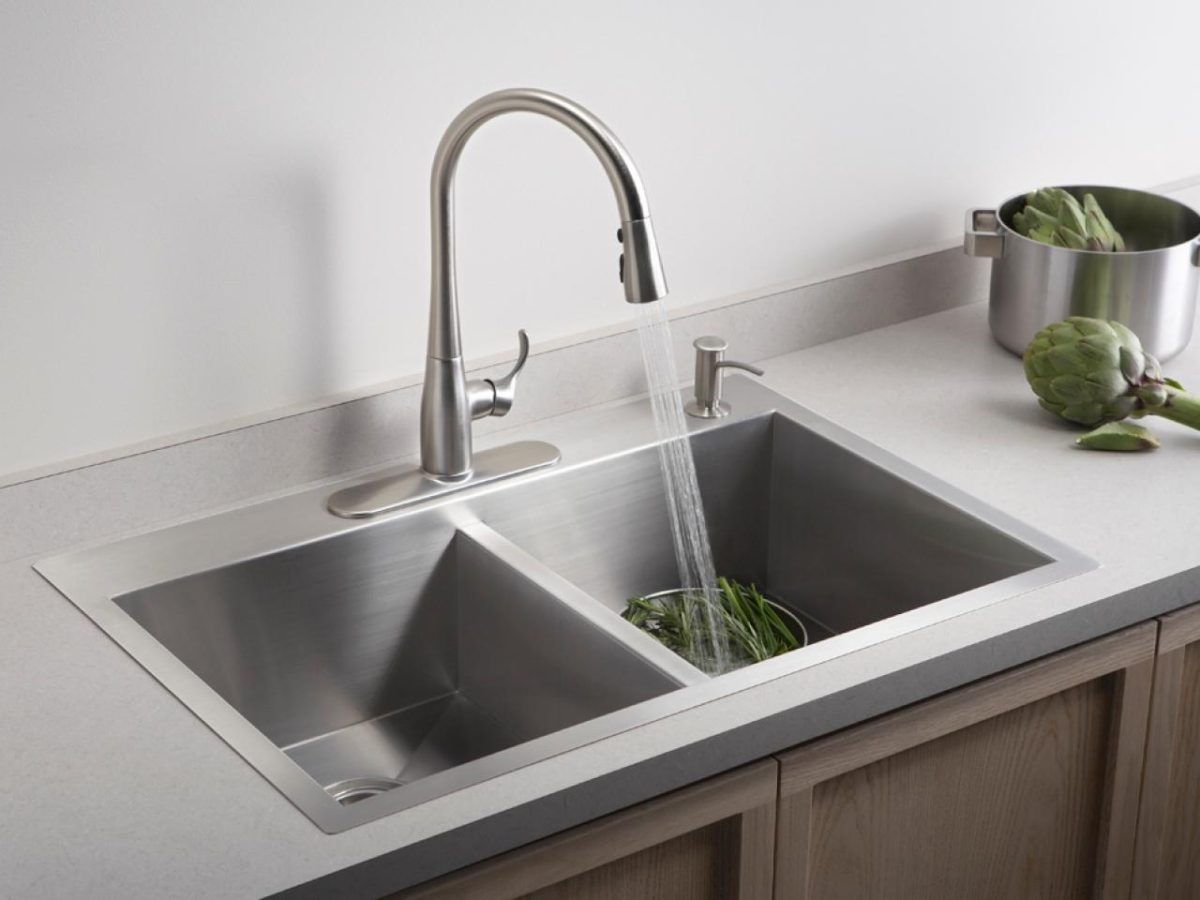 A kitchen sink that doesn't have access to clean and running water can be a major inconvenience. Imagine trying to wash dishes or prepare food without a reliable water source. It would be frustrating and time-consuming. That's why it's important to have a kitchen sink that is properly connected to your home's water supply. This not only ensures that you have access to clean water for cooking and cleaning, but it also allows for the efficient use of household appliances such as dishwashers and garbage disposals. With a functional kitchen sink, you can save time and energy while completing daily tasks in the kitchen.
A kitchen sink that doesn't have access to clean and running water can be a major inconvenience. Imagine trying to wash dishes or prepare food without a reliable water source. It would be frustrating and time-consuming. That's why it's important to have a kitchen sink that is properly connected to your home's water supply. This not only ensures that you have access to clean water for cooking and cleaning, but it also allows for the efficient use of household appliances such as dishwashers and garbage disposals. With a functional kitchen sink, you can save time and energy while completing daily tasks in the kitchen.
Promoting Health and Hygiene
 A kitchen sink that doesn't have access to clean water can also pose a health risk. If the water is contaminated or not properly filtered, it can lead to the spread of bacteria and other harmful substances. This can not only affect the cleanliness of your dishes and food, but it can also potentially harm your family's health. By ensuring that your kitchen sink has access to clean and running water, you can promote a hygienic environment in your kitchen and protect your family's well-being.
A kitchen sink that doesn't have access to clean water can also pose a health risk. If the water is contaminated or not properly filtered, it can lead to the spread of bacteria and other harmful substances. This can not only affect the cleanliness of your dishes and food, but it can also potentially harm your family's health. By ensuring that your kitchen sink has access to clean and running water, you can promote a hygienic environment in your kitchen and protect your family's well-being.
Enhancing Overall House Design
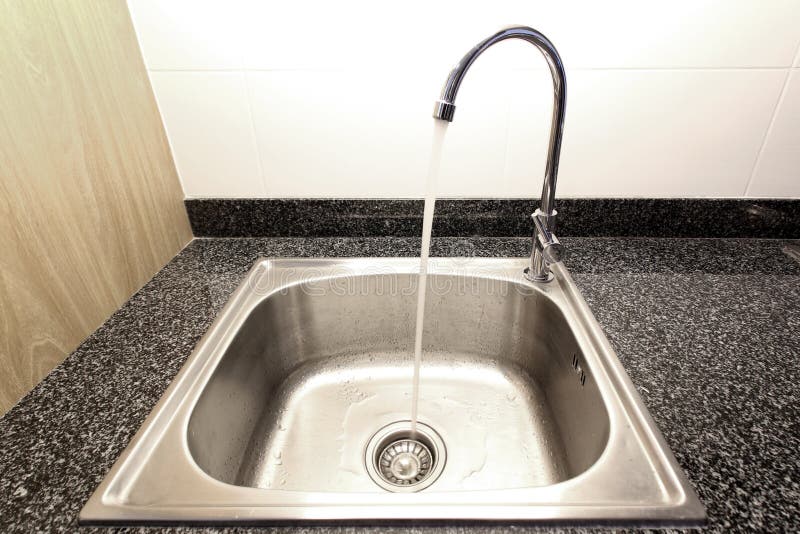 Aside from the functional benefits, a kitchen sink also plays a significant role in the overall aesthetic of your house design. When properly chosen and installed, it can serve as a beautiful and functional centerpiece in your kitchen. With a variety of styles, materials, and finishes to choose from, your kitchen sink can complement the overall design of your home and add a touch of personalization. So, don't overlook this important element in your house design and consider it as a crucial part of creating a space that truly reflects your style and needs.
In conclusion, a functional kitchen sink is an essential aspect of house design that should not be overlooked. It not only promotes efficiency, convenience, and hygiene in the kitchen, but it also adds to the overall aesthetic of your home. So, when planning your house design, make sure to give proper attention to your kitchen sink and ensure that it has access to clean and running water.
Aside from the functional benefits, a kitchen sink also plays a significant role in the overall aesthetic of your house design. When properly chosen and installed, it can serve as a beautiful and functional centerpiece in your kitchen. With a variety of styles, materials, and finishes to choose from, your kitchen sink can complement the overall design of your home and add a touch of personalization. So, don't overlook this important element in your house design and consider it as a crucial part of creating a space that truly reflects your style and needs.
In conclusion, a functional kitchen sink is an essential aspect of house design that should not be overlooked. It not only promotes efficiency, convenience, and hygiene in the kitchen, but it also adds to the overall aesthetic of your home. So, when planning your house design, make sure to give proper attention to your kitchen sink and ensure that it has access to clean and running water.







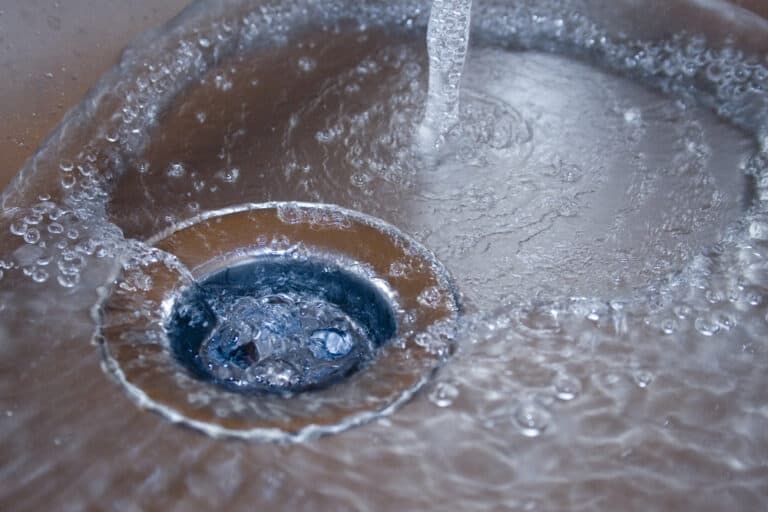


/plumber-unclogging-kitchen-sink-169270382-5797a9355f9b58461f27f024.jpg)


/how-to-unclog-a-kitchen-sink-2718799_sketch_FINAL-8c5caa805a69493ab22dfb537c72a1b7.png)






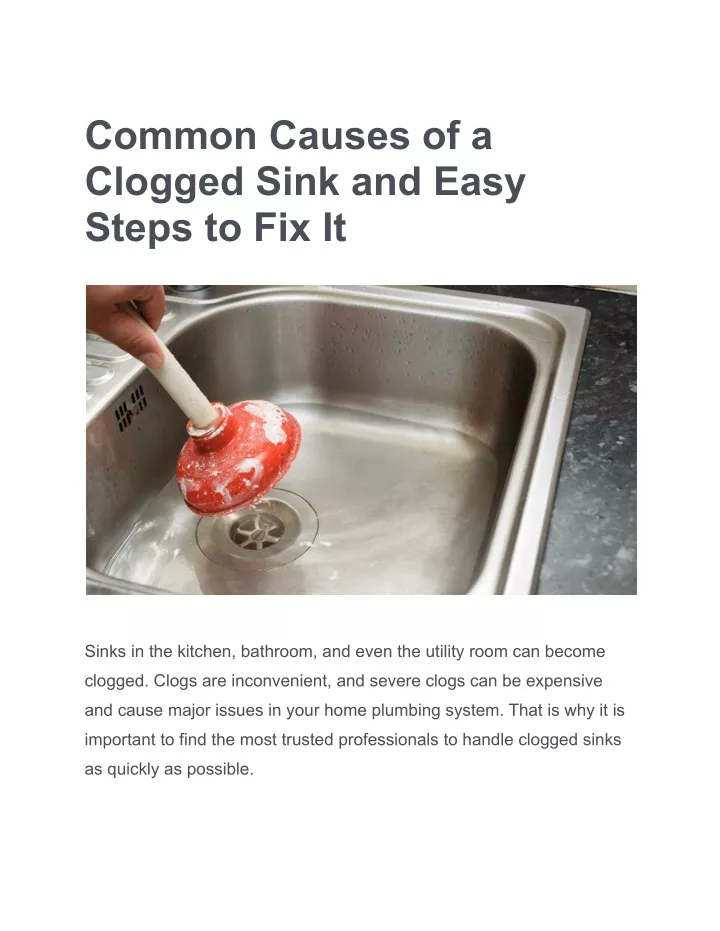




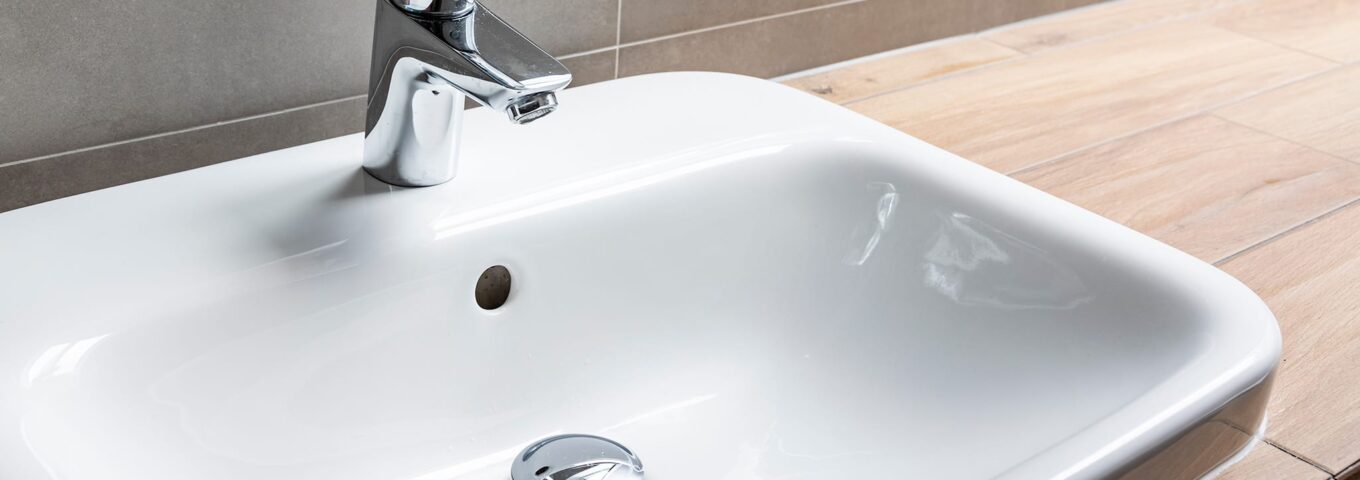












:max_bytes(150000):strip_icc()/freshen-and-unclog-drain-with-baking-soda-1900466-22-bbf940b70afa4d5abef0c54da23b1d3f.jpg)

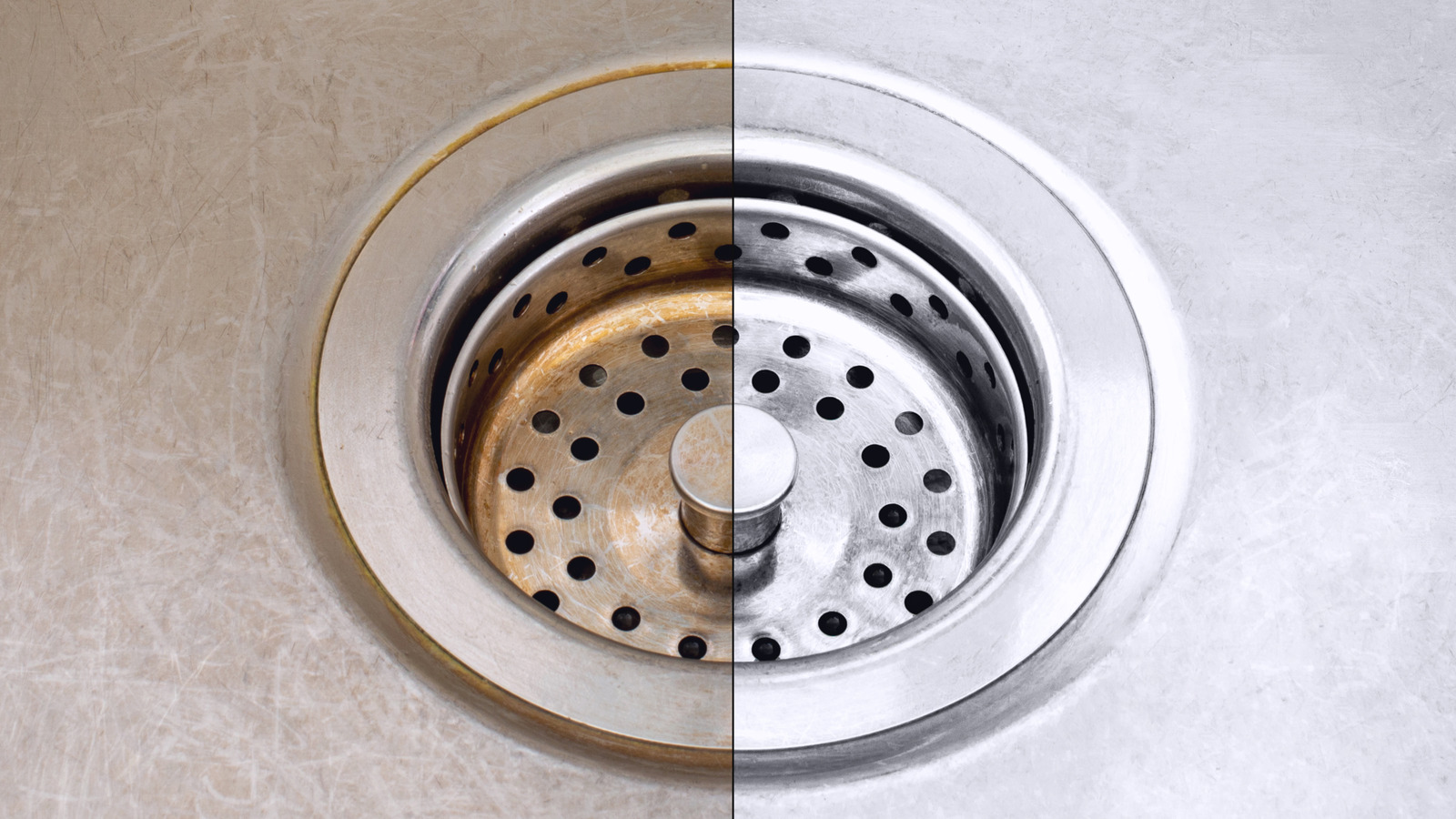
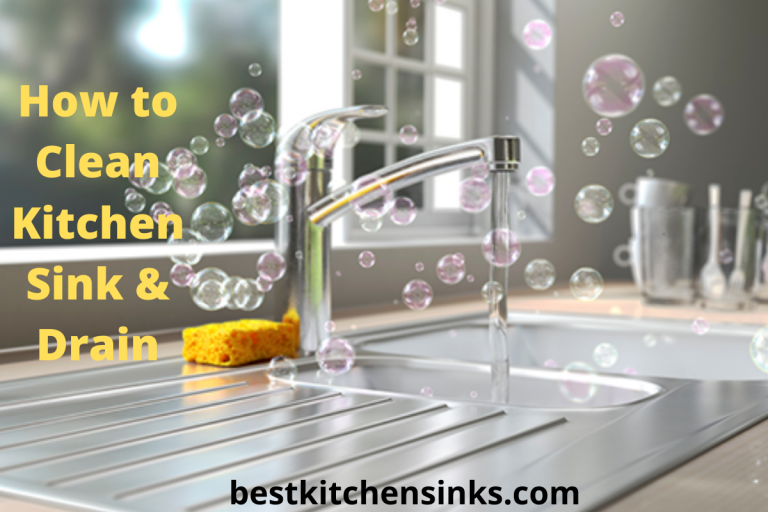
:max_bytes(150000):strip_icc()/how-to-clean-a-kitchen-sink-and-drain-01-5660035-a1d8afe3894346f9a579e66c55e64b7d.jpg)










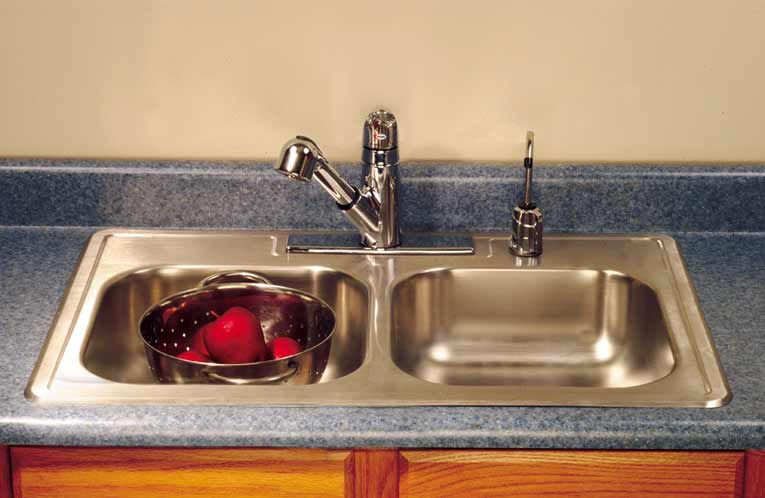

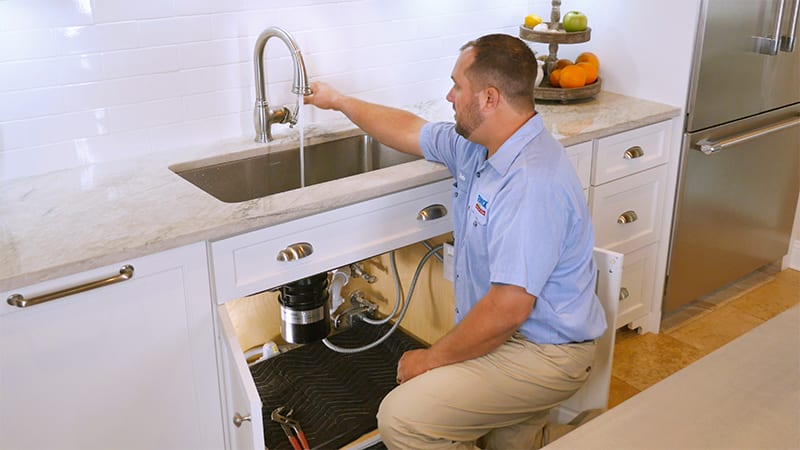


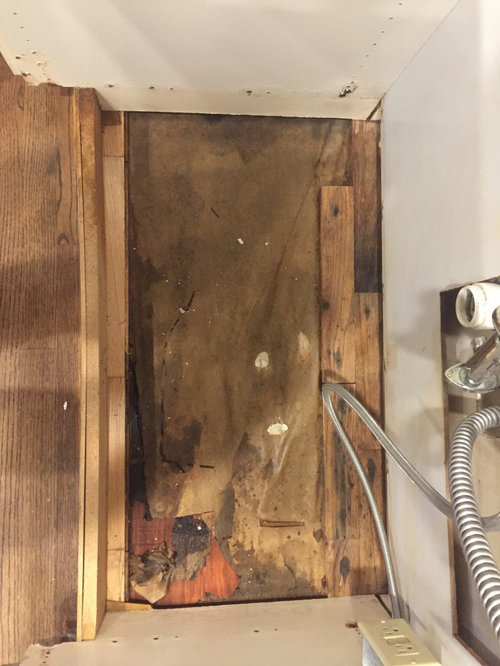







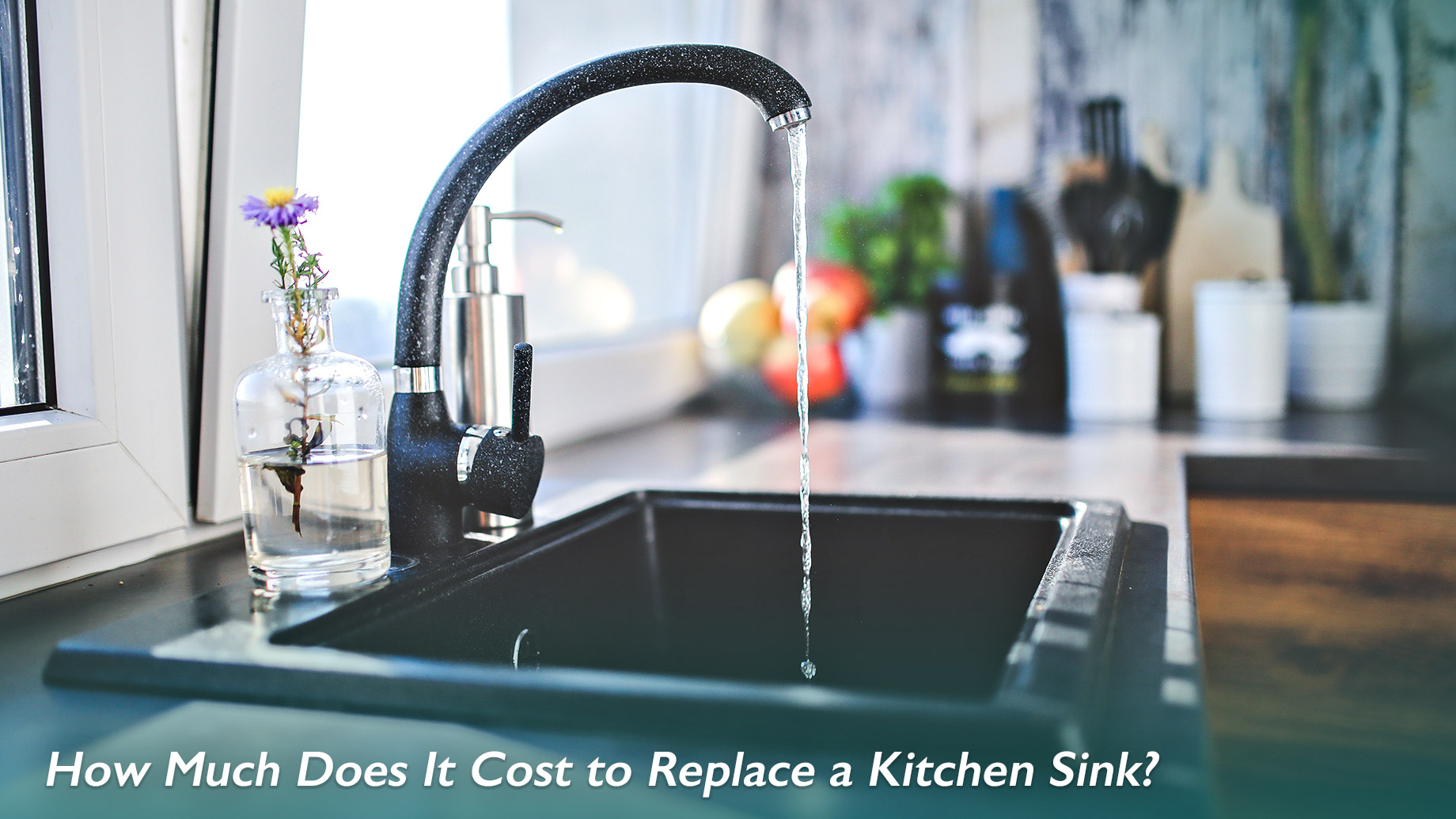















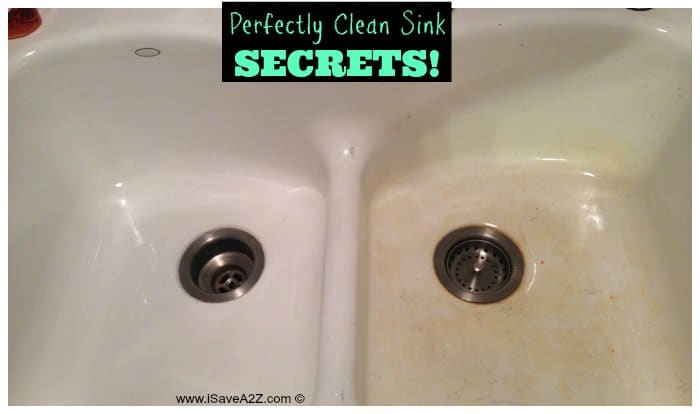
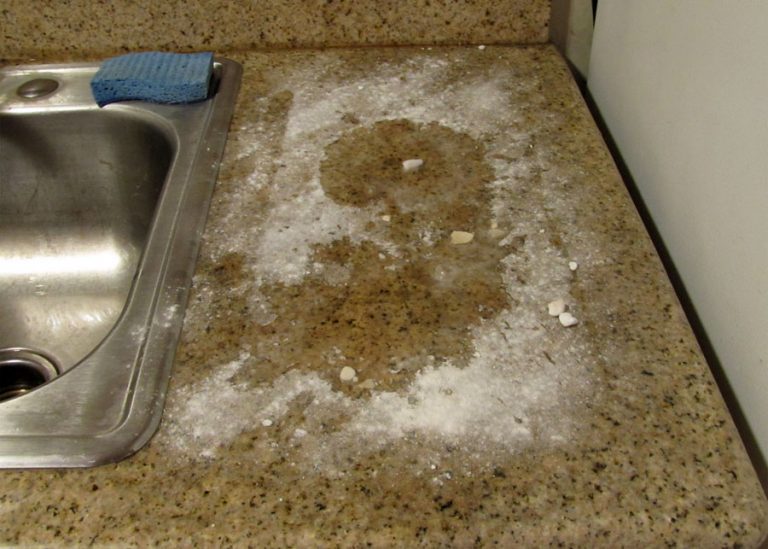
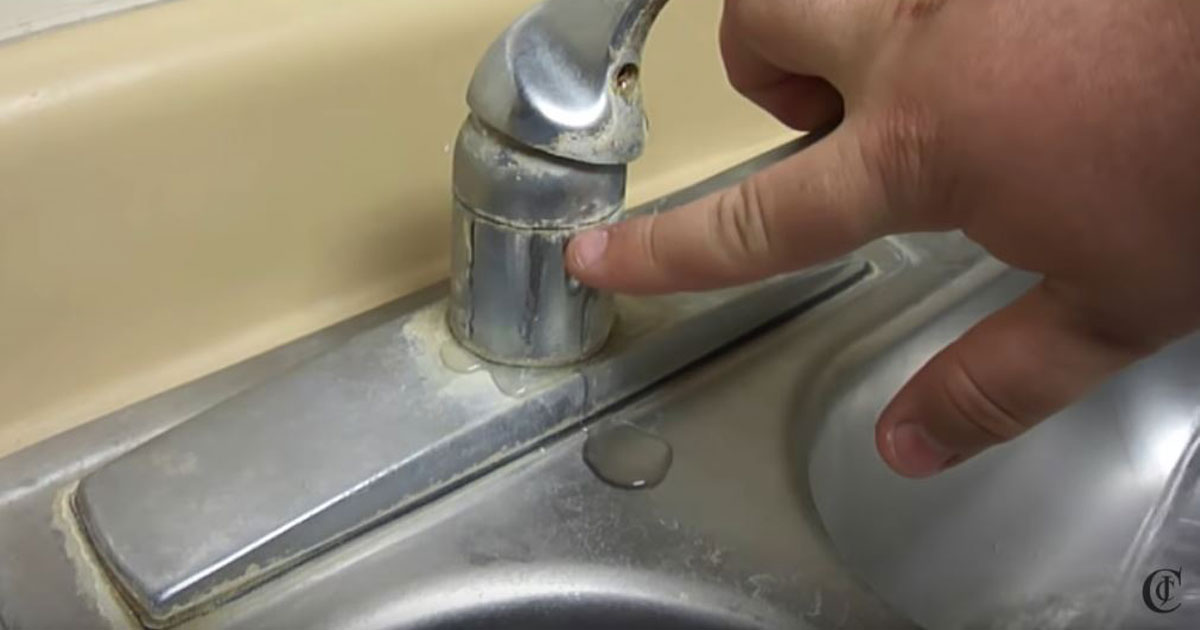


:max_bytes(150000):strip_icc()/hard-water-stains-in-the-toilet-2719033-04-9816f1ae81b84549a2a723ea85debd53.jpg)


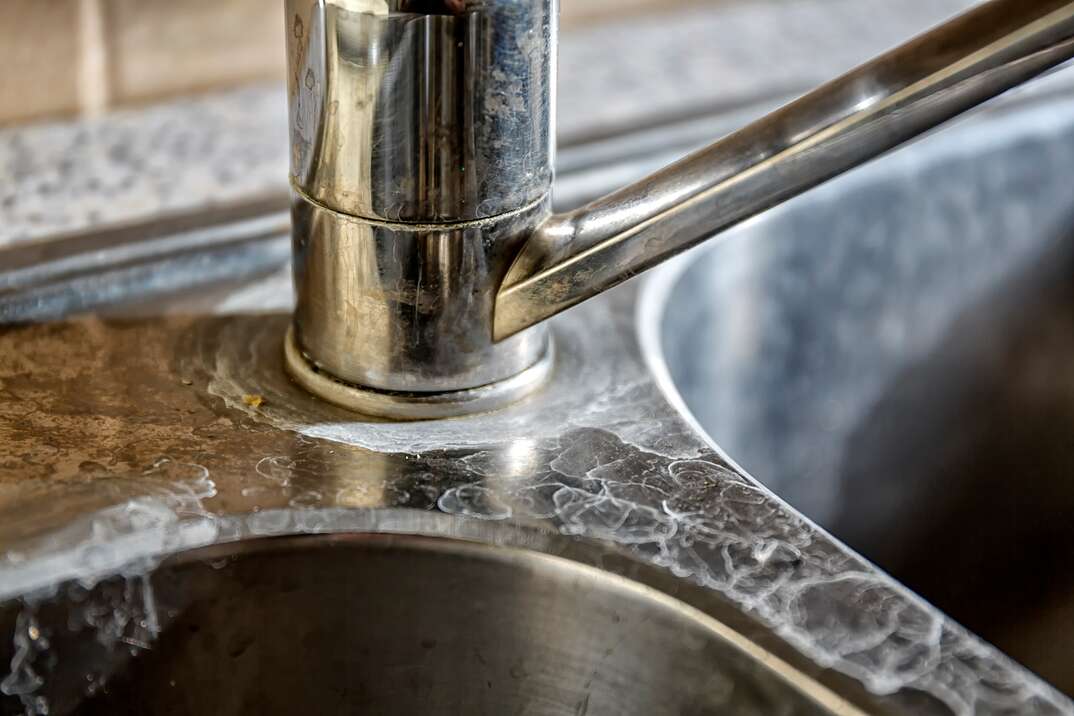



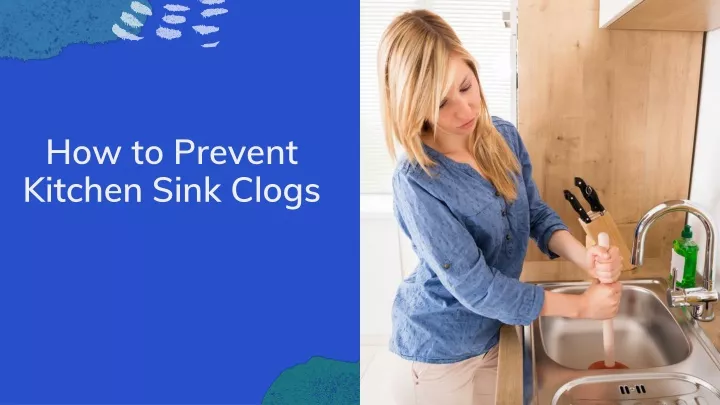
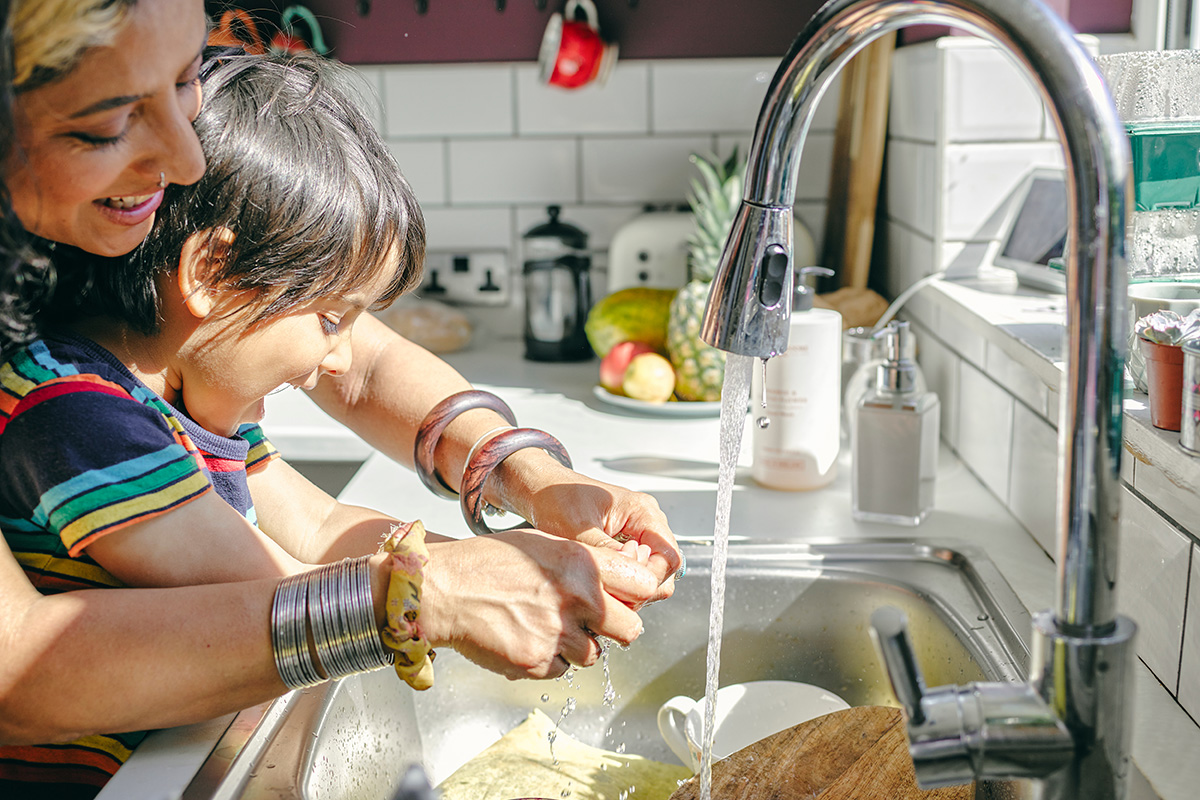
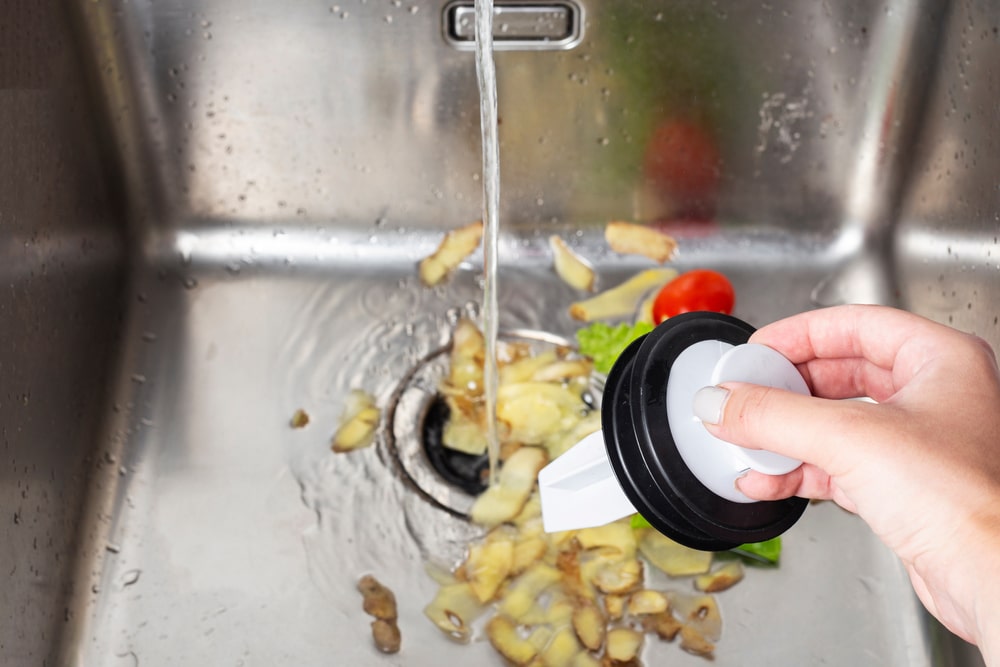



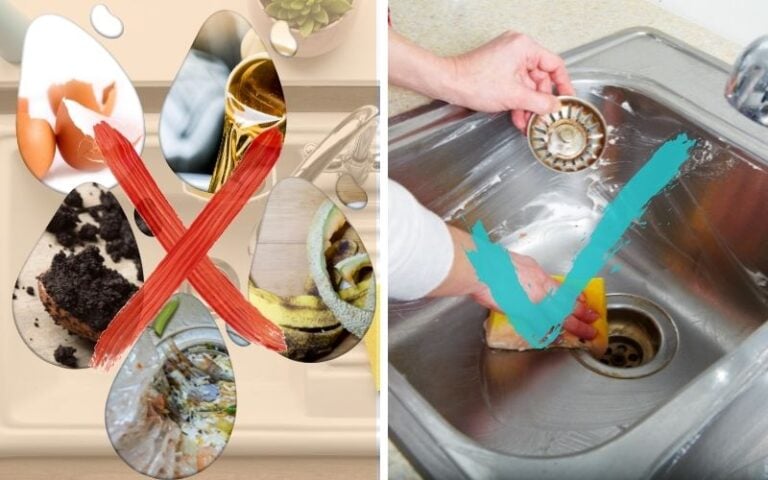




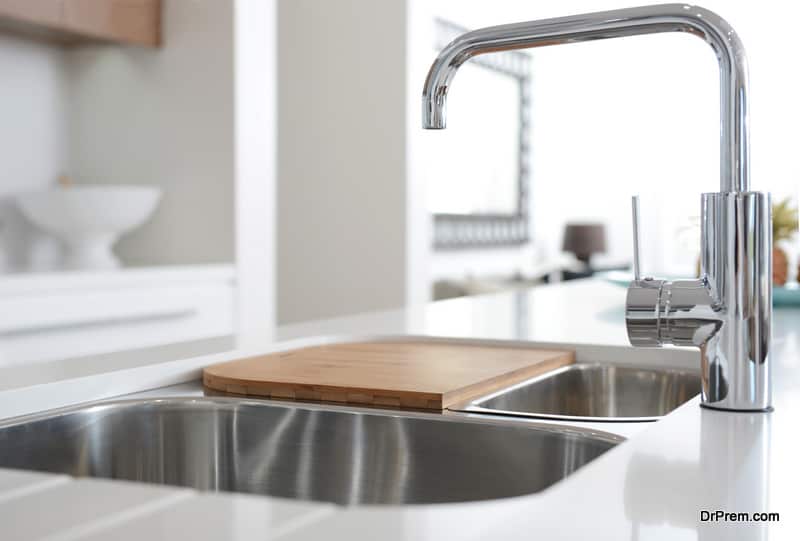


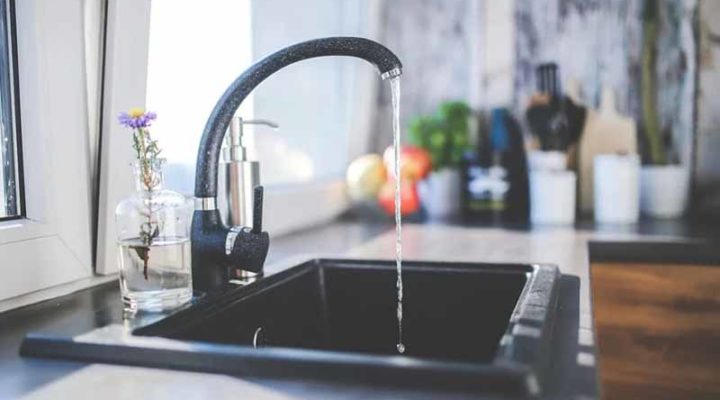




/media/img/prizes/prizegrab-sleep-number-bed-sweepstakes.jpg)


